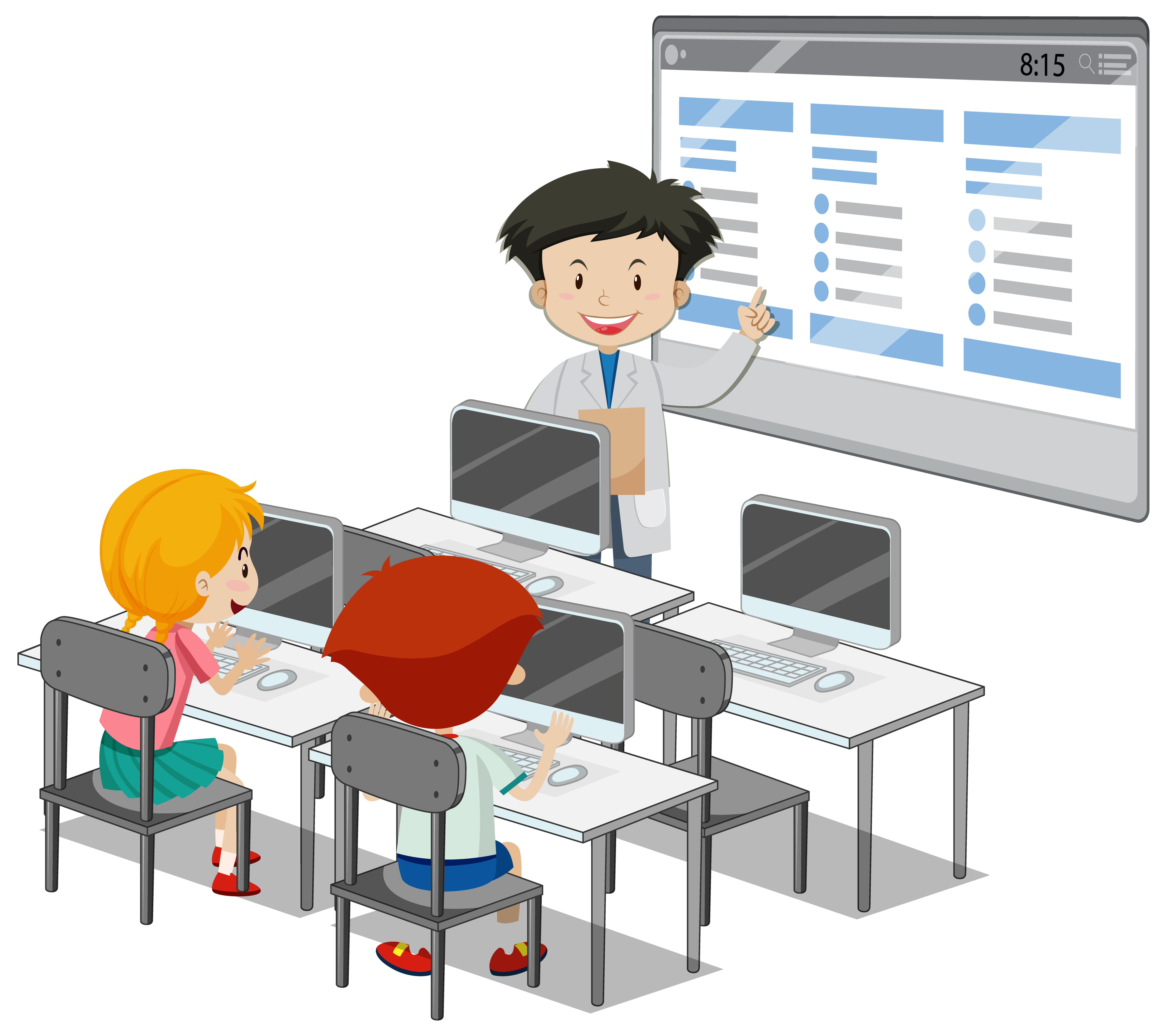Instructor Led Training
IT Specialist HTML and CSS
Instructor-led training (ILT) is a traditional form of education that involves a skilled instructor leading a classroom or virtual session to deliver training to learners.
Limited seat available, enroll before date June 16, 2025.
why should buy instructor led course?
Investing in an instructor-led course offers several advantages that can greatly enhance your learning experience. One of the key benefits is the opportunity to receive expert guidance from seasoned professionals who possess extensive knowledge and expertise in the subject matter. These instructors can offer valuable insights, address your queries, and provide guidance tailored to your specific needs. Additionally, instructor-led courses follow a well-structured curriculum, ensuring a comprehensive learning journey that covers all the essential topics. This structured approach enables you to progress in a logical and organized manner, building a strong foundation of knowledge. Moreover, instructor-led courses often provide personalized feedback, allowing you to receive individualized assessments and guidance to improve your understanding and skills.
Professional Certificate.
Obtaining certification of completion is a significant benefit that comes with many instructor-led courses. This certification serves as formal recognition of your successful completion of the course and showcases your commitment to learning and professional development. It can be a valuable addition to your resume or portfolio, highlighting your expertise and dedication in a specific field or skill set. Certification demonstrates to employers, clients, or colleagues that you have acquired the necessary knowledge and skills to perform tasks effectively. It can enhance your credibility and open doors to new career opportunities or advancements. Moreover, certification provides a sense of accomplishment and satisfaction, validating the time and effort you invested in the course. Ultimately, the certification of completion offers tangible evidence of your commitment to continuous learning and professional growth, making it a worthwhile asset in today's competitive job market.
How Does It Work?


Zoom meeting with student twice a week.
As an educator, I have implemented a structured learning approach by conducting Zoom meetings with my students twice a week. This interactive platform has become an invaluable tool for fostering meaningful connections and facilitating engaging discussions in a virtual classroom setting.


AI Tutor support.
Mentoring support plays a crucial role in guiding individuals towards personal and professional growth. By offering mentorship, I provide a safe and supportive space for individuals to explore their goals, challenges, and aspirations.


Assignments and Grade.
Assignments and grading are essential components of the educational process, allowing students to demonstrate their understanding of concepts and skills while providing teachers with a means to assess their progress. Assignments are designed to reinforce learning, encourage critical thinking, and promote independent problem-solving.
About This Course
IT Specialist HTML and CSS is a comprehensive course that covers the fundamentals of web development using HTML elements for structuring documents and CSS for styling pages. Gain the practical skills and knowledge required to create dynamic websites from the grounds up. This hands-on IT Specialist HTML and CSS training course has been equipped with several interactive features like Live Labs, pre and post assignments, flashcards, glossary, practice-tests, and video tutorials to elevate your learning journey.
Skills You’ll Get
Hands-On Labs
82+ LiveLab | 82+ Video tutorials | 02:08+ Hours
Video Lessons
98+ Videos | 03:06+ Hours
Lesson Plan
HTML Fundamentals
- Introduction to HTML
- HTML5
- Creating your First HTML Page
- Introduction to Tags
- Introduction to Elements
- Introduction to Attributes
- HTML Scripts
- Summary
Getting Started with HTML
- Structure of an HTML Program
- Headings in HTML
- Paragraphs in HTML
- Lists in HTML
- Comments
- Metadata Elements Used in HTML
- Summary
HTML Links
- The Link Tag
- Relative and Absolute Path
- Linking with the Same Document
- Linking Other Documents on the Web
- Summary
Formatting Text
- Structural Elements
- The Thematic Break
- The Line Break
- Summary
CSS Fundamentals
- Introduction to CSS
- New Features Introduced in CSS3
- Types of CSS
- Summary
CSS Syntax and Selectors
- CSS Syntax
- CSS Selectors
- Browser Support
- Summary
Formatting Using CSS
- The Box Model
- Text Formatting
- Font Properties
- Border Properties
- Adding Comments in CSS
- Summary
Using Images
- Introduction
- The <img> Tag
- Adding Alternative Text to Images
- Adjusting Image Size
- Using Images as Links
- Using Images as Background
- Using Images as Bullets
- Summary
Creating Tables
- HTML Table Tags
- Adding Table Border
- Setting Table Width and Height
- Adding Color to a Table
- Cell Padding and Spacing
- Aligning Content of a Table
- Formatting Table using Rowspan and Colspan
- Advanced Tags
- Summary
Building Forms
- The <form> Tag
- Form Elements
- Input Types and Restrictions
- Summary
Multimedia
- The Video Element
- The Audio Element
- The Inline Frame Element
- The Canvas Element
- The SVG Element
- Summary
Positioning Elements Using CSS
- The Position Property
- The Float Property
- Overlapping Elements
- The Overflow Property
- Inline vs. Block
- The Visibility Property
- Summary
Responsive Web Design
- What is Responsive Web Design?
- Measuring Units
- Percentage vs. Pixel
- Custom Images
- Media Queries
- Framework and Template
- Summary
Frequently asked questions
Ready to get started?

